Magnetic Sensor Development Tools 2022 FAQs
Magnetic sensors, as the name suggests, are sensing devices capable of detecting magnetism or geomagnetism created by currents and magnets. Because of their widespread functionality, magnetic sensors may be deployed in several different applications. Learn all there is to know about magnetic sensors, from what they are and how they work to different varieties of magnetic sensor development tools!
What is a Magnetic Sensor?
You can somewhat infer from the name, but what exactly is a magnetic sensor? Essentially magnetic sensors detect a magnitude, or size, of magnetism. Basically, how weak or strong a magnetic field generated by a current or magnet is. Magnetism is a physical attribute caused by the motion of electrical charges which produces attraction and repulsion forces between objects.
What is a magnetic sensor: A magnetic sensor is a device capable of detecting the magnitude, or size of, magnetism or geomagnetism produced by a current or magnet.
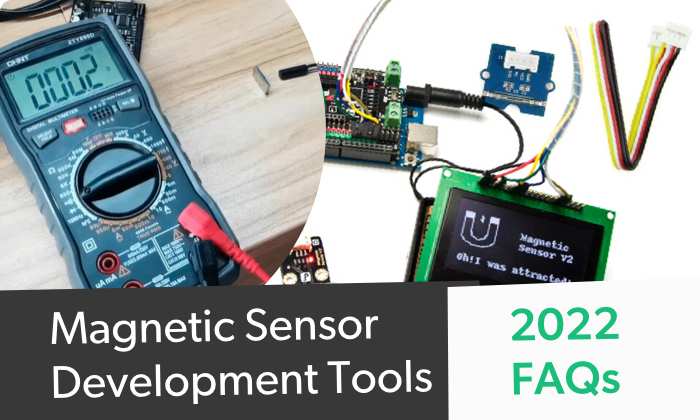
How Does a Magnetic Sensor Work?
So how do magnetic sensor systems work? In order to detect a force of magnetism, a magnetic sensor requires some sort of magnet properties itself. Therefore, magnetic sensors include either magnetic or electromagnetic attributes which, in turn, may be used to measure a magnetic field. Magnetic sensors track either the entire magnetic field or individual components of that field. How exactly a magnetic sensor function depends on its specific type.
Magnetic Sensor Varieties - What Kinds of Magnetic Sensor Systems Exist?
There are several varieties of magnetic sensors including reed switches, hall elements, coiled, and magnetoresistive elements. But at their most basic, all magnetic sensor systems detect magnetic fields in whole or part, and based on the presence or absence of geomagnetism or magnetism, feature some state of change to indicate the magnitude of magnetism in that system.
- Reed switch magnetic sensors: A reed switch magnetic sensor features metal rods, or reeds, which reach from the right and left sides within a glass tube. There’s a space in between the overlapping portions of the two reeds. When magnetic fields are present, the reeds become magnetized and attract one another, thus connecting and turning on a switch.
- Hall elements magnetic sensors: Deriving its name from Dr. Edwin Hall, a hall element magnetic sensor operates based on the aptly-named Hall Effect. The Hall Effect observes the phenomenon where a voltage difference is created over an electrical conductor across an electrical current within a conductor to a magnetic field situated perpendicular to a current. In a hall elements magnetic sensing device, current is applied to a semiconductor which produces a voltage related to the magnetic flux density, or the strength of a magnetic field.
- Coiled magnetic sensor: A coiled magnetic sensor is a basic device capable of monitoring magnetic flux density changes. At its core, there’s a magnetic coil, hence the name. When a magnet is nearby, the magnetic flux density within the coil increases which causes a current generating a magnetic flux slowing down the coil’s magnetic flux density generation.
- Magnetoresistive element magnetic sensors: Magnetoresistive element magnetic sensing devices monitor magnetic fields using materials that are resistant to changing with a present magnetic force. There are three main varieties of magnetoresistive element magnetic sensors: semiconductor magnetoresistive element (SMR), tunnel magnetoresistive element (TMR), and giant magnetoresistive element (GMR).
How are Magnetic Sensors Used?
Now that you understand what magnetic sensors do and how they operate, let’s explore how magnetic sensors are utilized in the real world. Magnetic sensors are incredibly common in industrial settings for positional detection, such as in manufacturing. Power distribution units, or PDUs, frequently rely on magnetic sensors in cloud data centers for delivering electrical power to servers. Robotics applications often make use of magnetic sensors for positional tracking and movement.
Outside of industrial atmospheres, magnetic sensors are frequently found in a few at-home settings. Your phone or tablet likely sports a magnetic sensing device that serves as an electronic compass. Additionally, there’s probably a magnetic proximity sensor within your refrigerator that turns fridge light on and off when you open and close the door.
Magnetic Proximity Sensor How It Works
A magnetic proximity sensor is a variety of proximity sensor that utilizes a magnetic field to detect the presence or absence of an object. It’s great for contactless object detection. Usually, magnetic proximity sensors use the concept of reed contacts wherein a nearby magnetic field causes metal rods or plates to make contact, and the absence of a magnetic field leaves the plates separate from one another.
How To Install Magnetic Sensor In Android or iOS
Although magnetic sensors are often baked into Android or iOS phones and tablets, it’s not easy to self-install a magnetic sensor into your mobile device. Thankfully, most phones and tablets already feature onboard magnetic sensors. If your phone doesn’t have an electronic compass app pre-installed, you can always pop over to the Google Play Store or Apple App Store and download one. For Android, we recommend Compass, Just a Compass, and Pro Compass. On iOS, there’s Compass and Compass Infinity.
Best Magnetic Sensors for At-Home DIYing - Top Magnetic Sensing Devices for Makers
Although magnetic sensors are commonly deployed in industrial settings—whether manufacturing, baked into mobile devices, in consumer electronics, or found in robotics—you can find plenty of magnetic sensors for do-it-yourself (DIY) projects. Check out the best magnetic sensors for makers!
DFRobot Gravity Digital Magnetic Sensor

The DFRobot Gravity Digital Magnetic Sensor is a great option for detecting the presence of magnetic fields. It’s fully Arduino-compatible for excellent hardware support. When a magnetic field is present, the DFRobot Gravity Digital Magnetic Sensor sends an electronic digital signal to the Arduino which may then be output to a connected LCD display for real-time monitoring.
DFRobot Gravity Digital Magnetic Sensor specs:
- 3.3V-5V voltage range support
- Arduino compatible
- Detects magnetic fields and outputs that information as a digital signal which can be interpreted by microcontroller units (MCUs)
- Onboard indicator LED light
Seeed Studio Magnetic Switch

The Seeed Studio magnetic switch is a reed switch-based device. It features Seeed Studio’s Grove system connectors for plug-and-play compatibility with a bevy of different maker boards, microcontrollers, and peripherals. This magnetic switch may be operated with electromagnetics and permanent magnets alike. If you want to build your own magnetic proximity sensor for activating and deactivating circuits based on the presence of a magnetic field, Seeed Studio’s Grove magnetic switch is a solid choice.
Seeed Studio Magnetic Switch features:
- Seeed Studio Grove system compatibility
- Reed switch type
DFRobot Magnetic Switch - Reed Switch

Reed switch magnetic sensors are incredibly common, and this DFRobot magnetic sensor sports reed switches. You’ll find a pair of magnetic reeds inside that come into contact when a magnetic field is present. The reeds are encapsulated within a plastic case. Using this DFRobot reed switch, you can create magnetic proximity sensors, smart home devices, door and window sensors for DIY smart home security projects, or whatever else your maker mind can think of.
DFRobot Reed Magnetic Switch Sensor specs:
- Reed switch style
- Magnetic reeds in sealed plastic
- Fully Arduino-compatible
Adafruit Magnetic Contact Switch
This Adafruit contact switch utilizes reed switches in a plastic casing. When there’s a nearby magnetic field, the reeds make contact, and when there’s an absence of a magnetic field, the reeds remain apart. You can connect the Adafruit magnetic contact switch to microcontrollers such as Arduino boards for DIY smart home gadgets, magnetic proximity sensors, and more maker madness.
Adafruit Magnetic Contact Switch specs:
- Reed switch style
- Reed switches enclosed in ABS plastic
Magnetic Sensor Development Tools - Final Thoughts
Now, you know all about magnetic sensors, from what they are and what they do to how they work, how they’re used in the real world, different types, and even what magnetic sensing devices are available on the market for DIYers. Basically, magnetic sensors detect the magnitude of a magnetic field present, and in doing so require some form of magnetic or electromagnetic properties. Chances are, you’ve got several devices such as phones, tablets, and fridges nearby with magnetic proximity sensors onboard as fantastic examples of frequent use cases for magnetic sensing devices.
Your turn: How have you witnessed magnetic sensors in action or used them yourself?






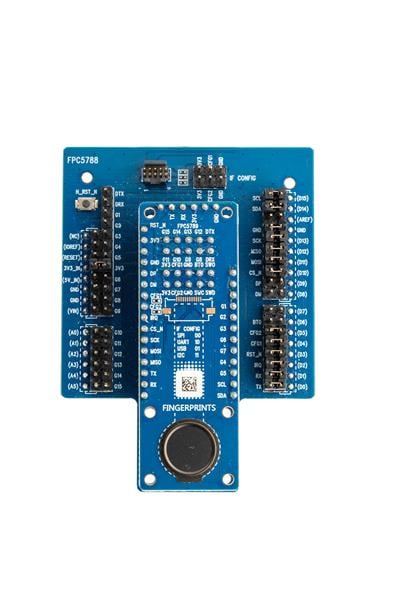
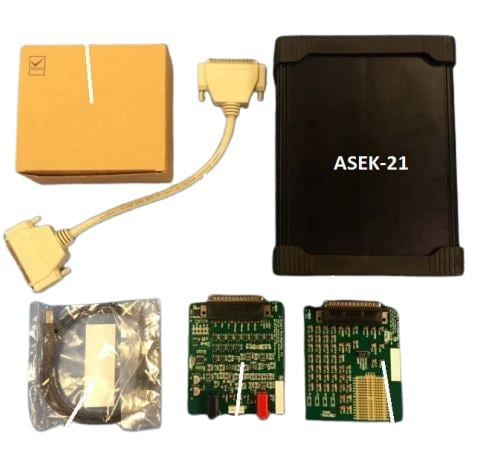
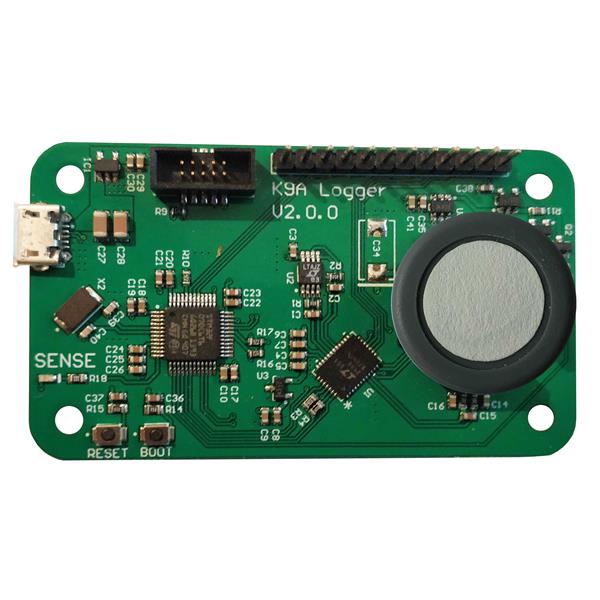
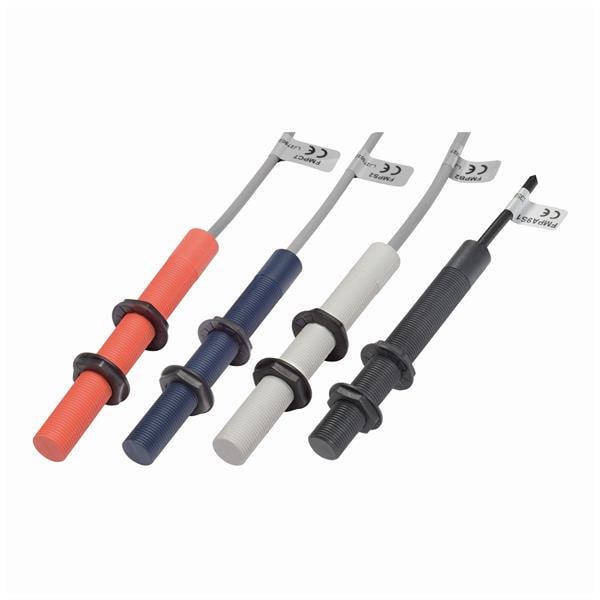
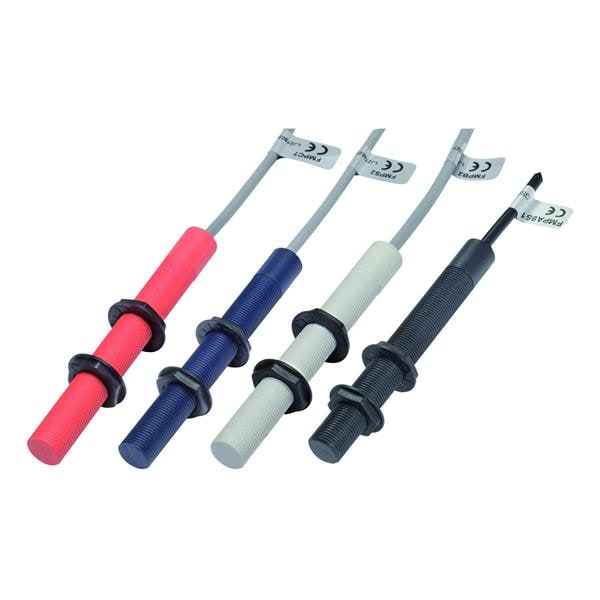
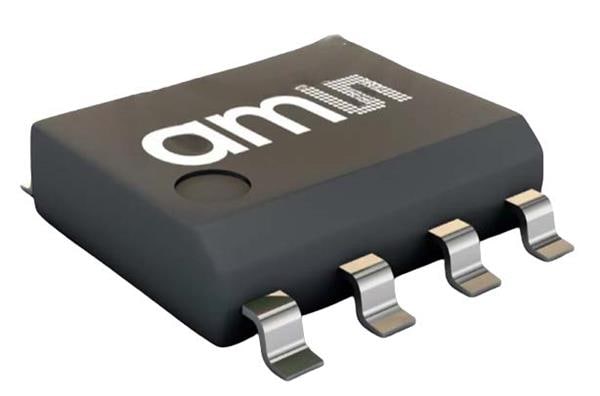
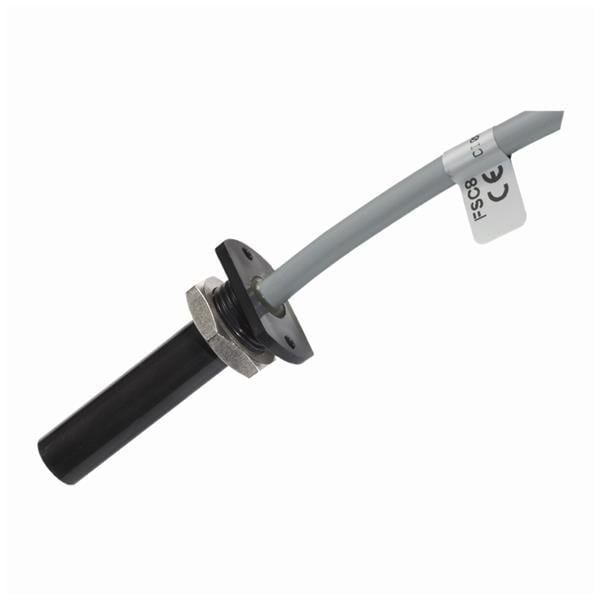
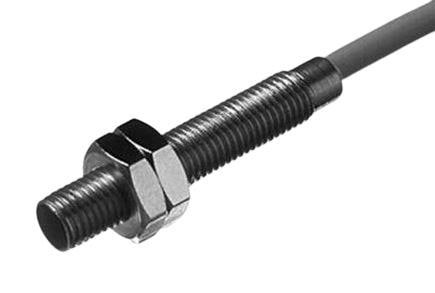
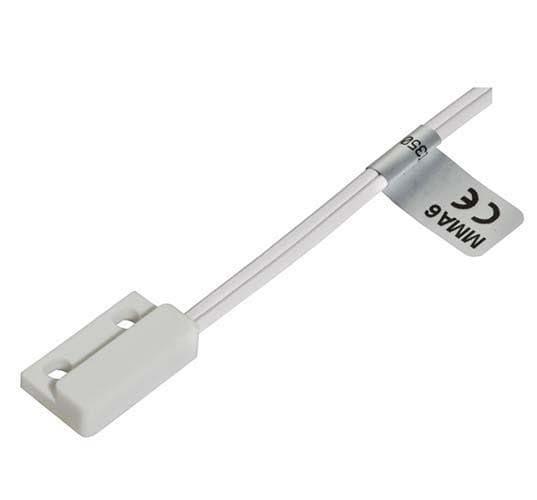
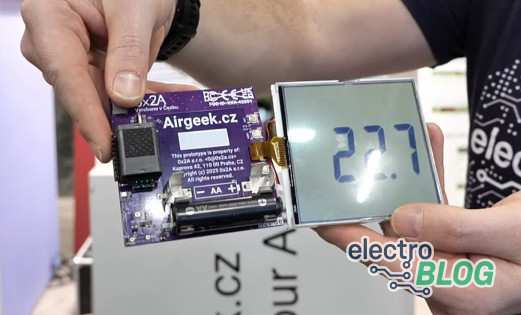
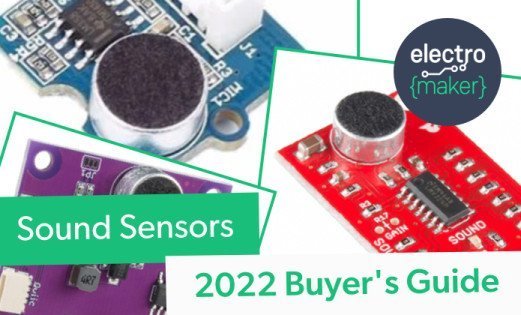
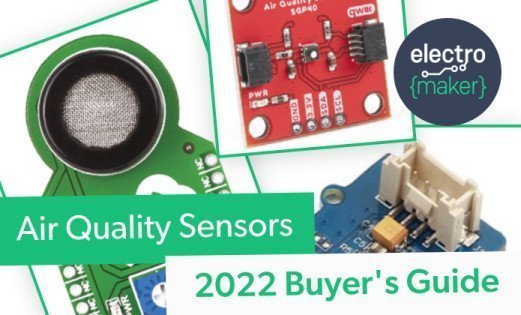

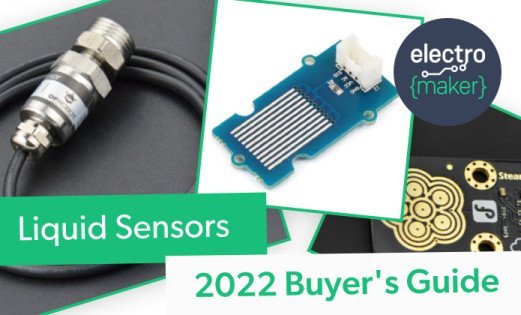
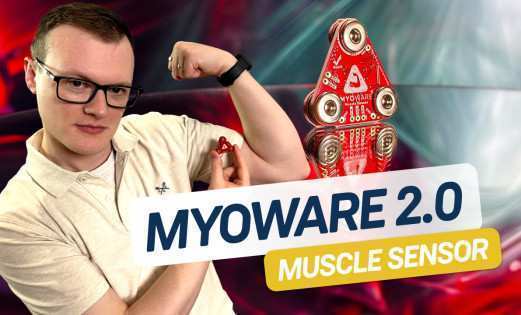

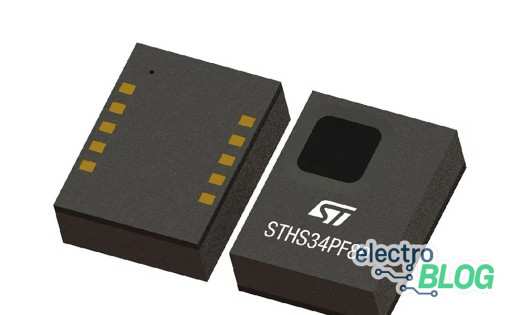

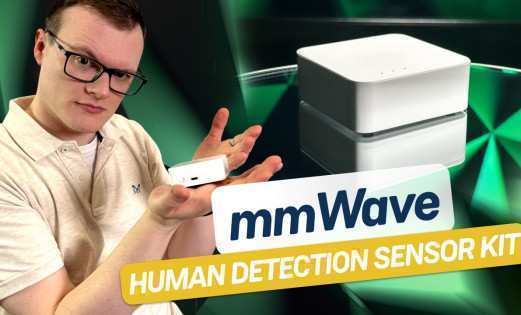
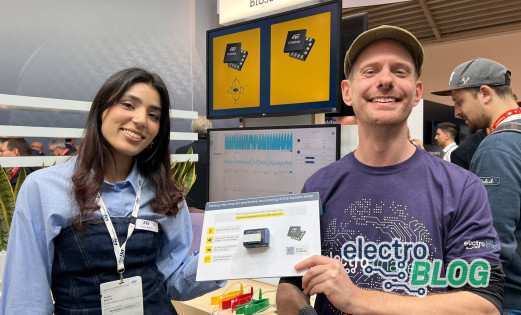
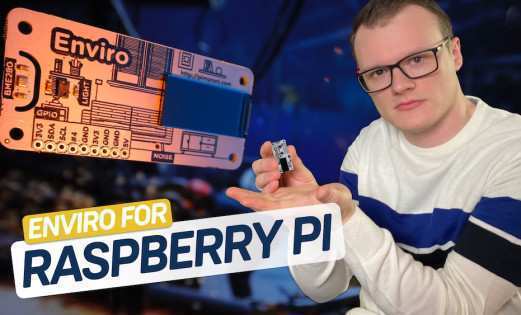
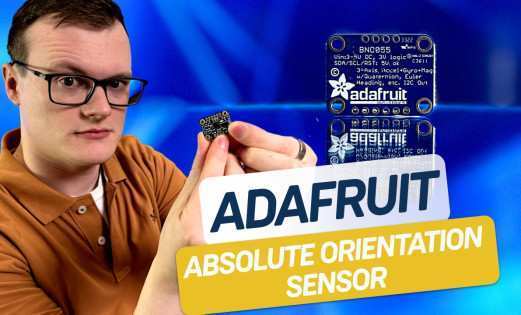

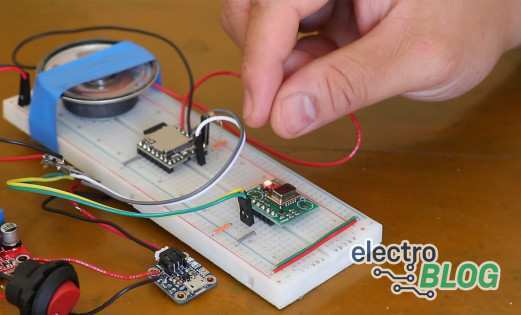

Leave your feedback...